“What is ‘better’?” asked Daisy Ginsberg, the British writer and theorist in her Design Talk slot on the opening day of this year’s DesignMarch, Reykjavik’s annual multidisciplinary festival.
The idea of making things better is, after all, a driver motivating so many designers – and it sounds so laudable – but the question, she argued, has to be followed by “whose better?” and crucially “who decides?”
This thinking framed her talk exploring the complex area of synthetic biology in designing the future. And in what was a feature of most of the Design Talks before the audience of 800 in Reykjavik’s stunning dockside Harpa centre, she was able to snap her audience to attention with a single image: she flashed a plastic drinking bottle on screen – an incendiary image in a festival deeply concerned with sustainability.
“Something can be better and worse at the same time,” she said, detailing the exponential growth in the use of one-off plastic drinking bottles – once seen as a brilliant solution for liquid transport – and their subsequent catastrophic environmental impact. “We can’t take design out of context.”
Living lab
Next on stage was Kaave Pour, creative director of Space10, Ikea’s future living lab where ways of living are predicted and technological and design solutions explored. He was, he said, sounding chastened, going to open with talk of making things better but Ginsberg had given him something to take away and think about.
And that’s the point of these conferences, not just for design professionals at the top of their game but for the students, designers and interested members of the public that made up the audience.
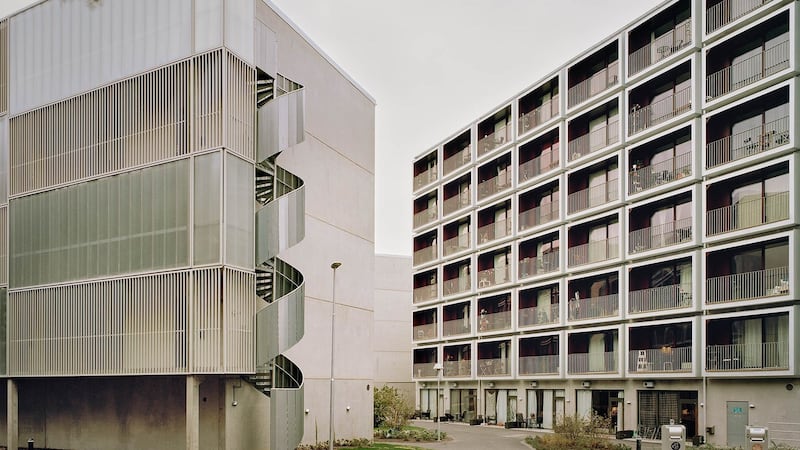
This year’s DesignMarch (March 15th-18th) marked its 10th anniversary and the mood was celebratory with the theme of design’s power and potential to contribute to every aspect of building a sustainable society.
Stand-out speakers included Dutch solar designer Marjan van Aubel, who frustrated by the ugly and cumbersome appearance of roof solar panels devised what looked like pretty stained glass windows in a domestic house but which were mini solar panels capturing the sun’s energy for home use; Swedish architect Andreas Martin-Löf’s Snabba Hus, his stackable modular unit designed to help solve his country’s housing crisis – the first development in Stockholm created 124 homes in just six months with hundreds more under construction; and Icelandic architect Steinþór Kári Kárason of studio Kurt og pi who talked through the design process behind his stunning conversion of a disused herring factory in the docklands into the Marshall House – a vibrant public visual art venue and office space. “The key issue is where to position yourself as an architect,” he said of the sympathetic yet visionary conversion that gleams like a welcoming beacon in the harbour. “We step in but the building tells the story of what it was.”
City-wide
The Design Talks day was just one element – there were close to 100 events crammed into three days, and the way Reykjavik gets behind its annual design festival is something to see. Tiny coffee shops and hotel lobbies became galleries, designers opened their studio doors to curious all-comers, and niche fashion, jewellery and crafts shops – the small independent ones that help give the city its charm – became exhibition spaces for the festival. Even the most austere buildings such as the striking early-20th century Culture House featured pop-up exhibition spaces. In an idea borrowed from Helsinki Design Week, Design Diplomacy saw the US, Canadian, Finnish, Norwegian, Swedish and Danish embassies hosting popular public conversations, with textile and fashion designers and architects in lively debate with their Icelandic counterparts.
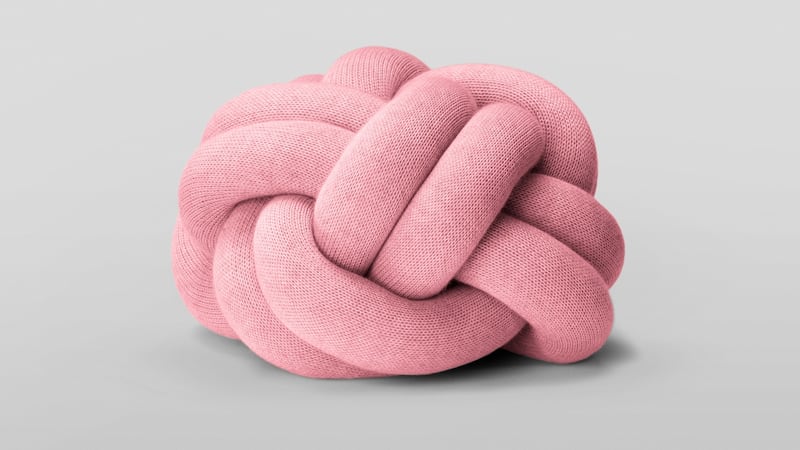
The inescapable impression is of an energetic, still emerging Icelandic design scene eager to catch up with its more commercially established Nordic cousins.
The festival grew out of the Iceland Design Centre, established by a group of local designers in April 2008. “Not the best time,” says Halla Helgadottir, its managing director, ruefully referencing the economic crash that floored Iceland some months later. The 10-year anniversary of the festival which has grown year on year was as much a celebration of survival as anything else.
Many exhibitors, particularly architects, interior designers and textile designer at the smaller shows, talk of having to reinvent themselves when their jobs went, others talk of reviving and reinterpreting Iceland’s rich wool-based craft industry. “I had a lot of time to knit,” says one designer about the economic crash.
Successful products do emerge from DesignMarch, a process highlighted by at the 10-year look-back exhibition at Epal, Iceland’s go-to design store for Nordic brands.
The “NotKnot” cushion, which started out in a small DesignMarch exhibition, by Ragnheiður Ösp Sigurðardóttir went into production 18 months ago, selling 40,000 cushions or €4.8million worth of business; while 60,000 (€14.6million) simple and elegant “Pato” chairs by Gunmundur Ludvik, from DesignMarch 2013, have already been sold.
DesignMarch 2018 highlights
1. The #aluminiumrecycled project by a collective of industrial designers took aluminium tea light holders and recycled them into products, including bicycle stands and a stool. Once you see the mountain of tea light holders they collected – destined for waste – you won’t consider the ubiquitous candle in such a benign light again. And continuing the emphasis on sustainability, Bjorn Steinar Blumenstein’s slightly bonkers (and, he says, “all kinds of illegal”) project on food waste prompts a larger conversation. Noting the amount of fruit that ends up being dumped – and that alcohol above a certain percentage hasn’t a sell-by date – he began distilling vodka on a self-designed (now open sourced) still, from pineapples and other fruit that had been dumped when past their sell-by date by local supermarkets. Delicious incidentally – while making a point about globalised food production and waste.
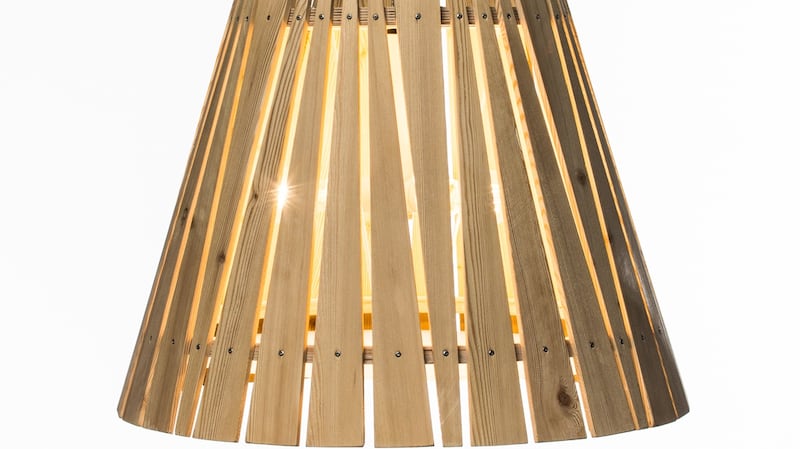
2. Dora Hansen’s “Tindur” pendant light, made with strips of larch, might be a break-out product this year. The interior designer said how important it was for her that the lampshade could be made entirely in Iceland, from locally sourced materials.
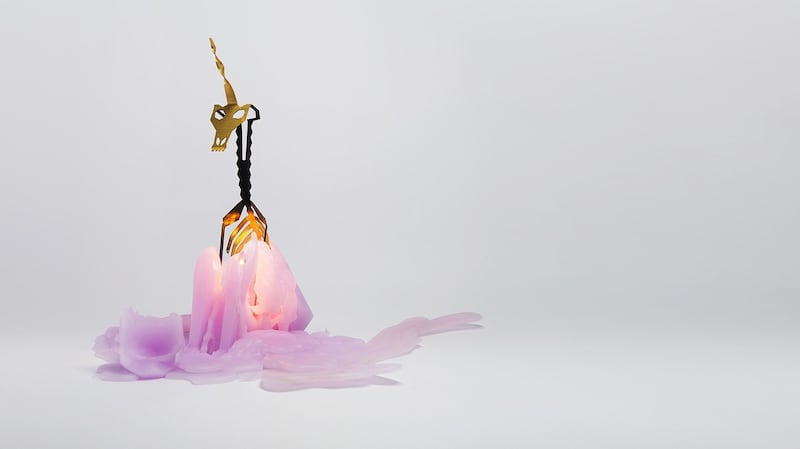
3. Einar the unicorn, the new design in the Pyropet candle series from 54 Celsius. It appears sweet and playful when new – especially with its soft pink colour – – but melts down to something quite sinister looking.

4. Hats by Dyslextwhere, handknitted by product designers Hanna Jonsdottir from Iceland and Ingrid Brandt from Finland (many DesignMarch exhibitions are collaborations from across the Nordic region). Each features a mis-spelling “I look for Seefood” or “Rest in Peas” – a witty side-swipe at heavily branded clothing and an intentional spelling mistake “long considered taboo in most forms of craftsmanship”.
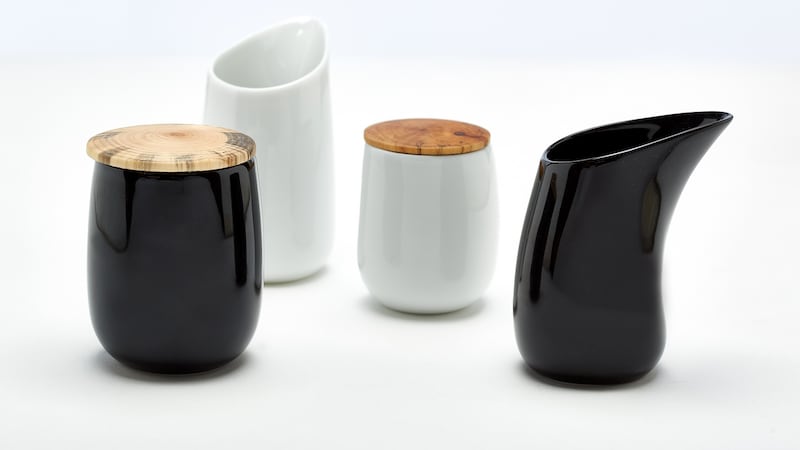
5. The Nordic House – the Alvar Aalto-designed landmark building – hosted six events, notably Reykjavik Runway which showcased the work of 12 designers including beautiful and useful ceramics by Loki Lomur; the Weaving Kiosk, a travelling interactive installation where the public is invited to use one of three looms to create their own designs; and the “Inspired by Aalto” exhibition (until September 2nd), featuring original pieces by the Finnish designer alongside furniture and rugs inspired by designers who have all worked for Artek, the firm co-founded by Aalto in 1935.












